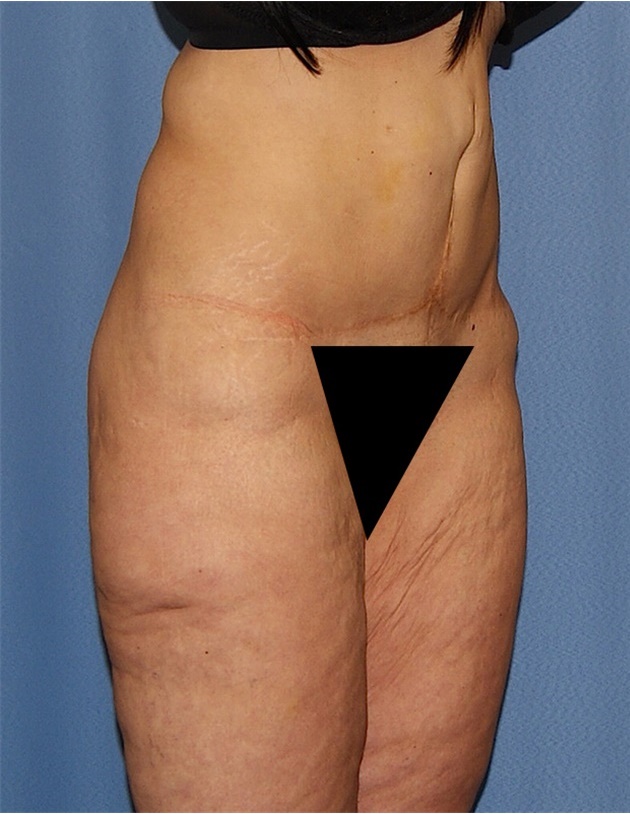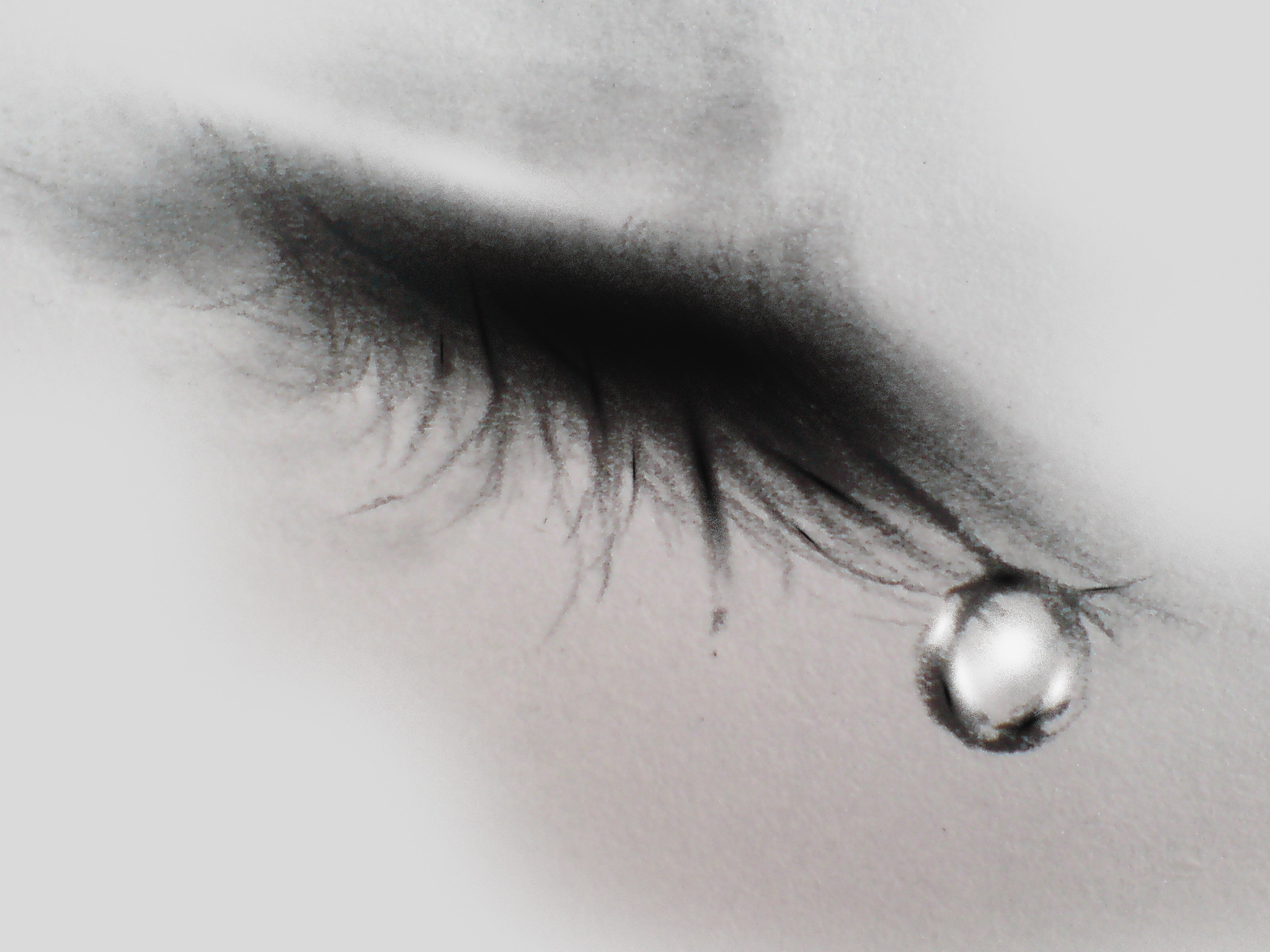
If you are looking for more youthful skin, and want to have a natural outcome with no downtime or recovery, CO2 laser can be a good option. While CO2 laser treatments require no downtime, patients will experience some reddening. It will not last forever, although it can get worse. Patients should avoid sunburns and excessive tanning for at most four weeks prior to their procedure. They should avoid all medications that could make them more sensitive to sunlight.
Fractional CO2 laser-resurfacing
Fractional CO2 laser treatment uses a laser to treat specific areas of skin. The technique is particularly useful for minimizing scars, fine lines, and pigmentation. It can also be used to treat precancerous lesions and sun spots. Before having this procedure, it is recommended that patients consult a dermatologist.
Fractional CO2 laser treatment is less invasive and requires one to two treatments. However, the recovery time is longer than for traditional CO2 treatment. The procedure typically requires about a week of downtime. Patients are asked to stop tanning for a few days before the procedure in order to reduce discomfort and help with recovery.

Downtime
Depending on the location of the CO2 laser procedure, recovery can take up to several months. Some patients experience redness, which can last from one to four months. This redness may be caused by an underlying health problem, the technique used by the laser provider, or a combination of both. Applying topical ascorbic or hypoallergenic makeup can reduce redness following treatment.
A fractional CO2 laser treatment takes only a few days to heal, while a more intensive treatment can take up to seven days. The number and duration of treatment required will determine the time it takes to recover. It also depends on the patient's ability or inability to take downtime. A patient who is able to tolerate the downtime may only require one or two treatments.
Side effects
Side effects of CO2 laser treatment can be temporary and mild. Some patients experience reddening of the treatment area lasting up to four days. This could be caused by an underlying medical condition or the treatment technique used. You should use antihistamines and steroids in such instances. In addition, you should avoid harsh skin treatments. Hypoallergenic makeup is also available to cover redness. However, CO2 laser treatments can be more difficult than other laser treatments.
Pain following CO2 laser treatment depends on how deep and extensive the treatment is, the skill and tolerance of the surgeon, and the patient's level of pain tolerance. To minimize pain, your doctor might use a combination sedatives with local anesthetics if you have extensive resurfacing. General anesthesia can be used in some cases for the whole procedure. You will still be able to sleep through it. You'll also be required to wear special eyewear to protect your eyes from the laser.

Aftercare
CO2 laser resurfacing involves a high-intensity laser beam that removes the top layer of skin and heats the dermal layer. Red, swollen and itchy skin may result from the procedure. Patients can expect to recover in two weeks. They should avoid using makeup or harsh cosmetics on the area. It is important to use sunscreen.
Patients will need to stay off work for several weeks after the procedure. This will allow the skin to heal. To ease pain, the physician will apply a local anesthetic to the affected area. The physician may also give you an injection of anesthetic to minimize discomfort. Patients are also required to follow the instructions for prescribed medication. Patients can expect to have significant downtime for as long as five to ten working days. Patients should also avoid excessive sun exposure, as it will cause damage to the skin's tissues.